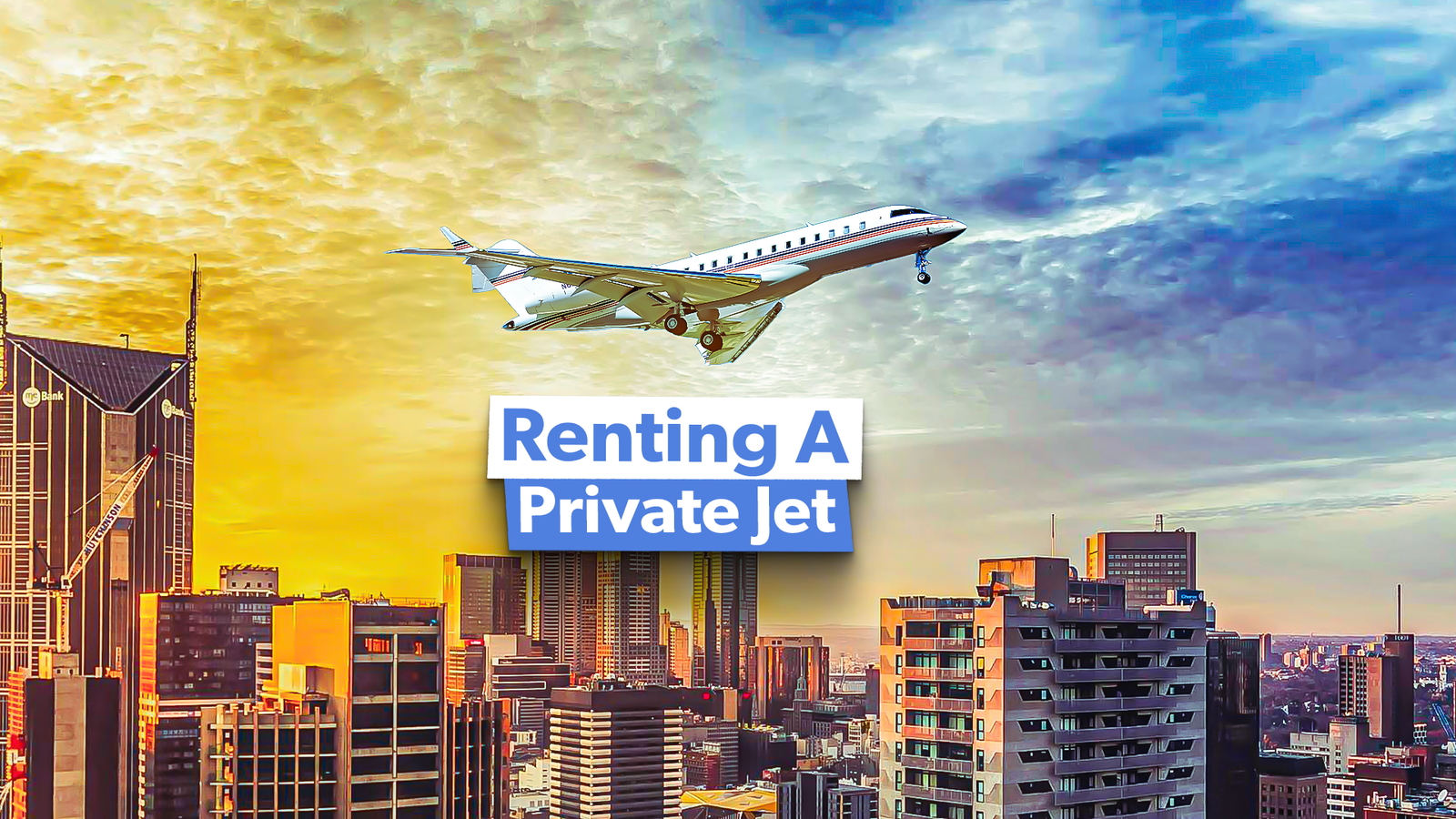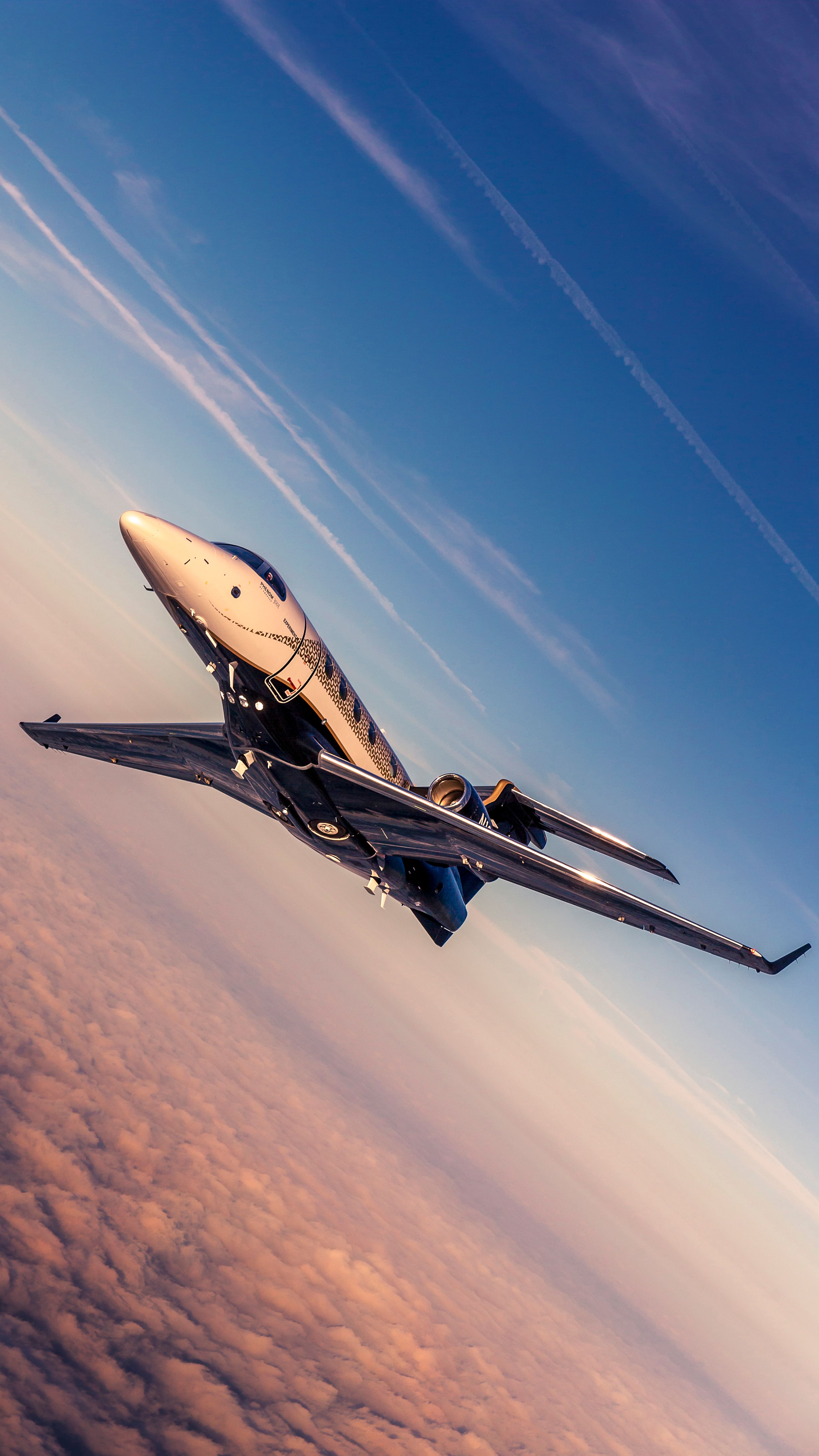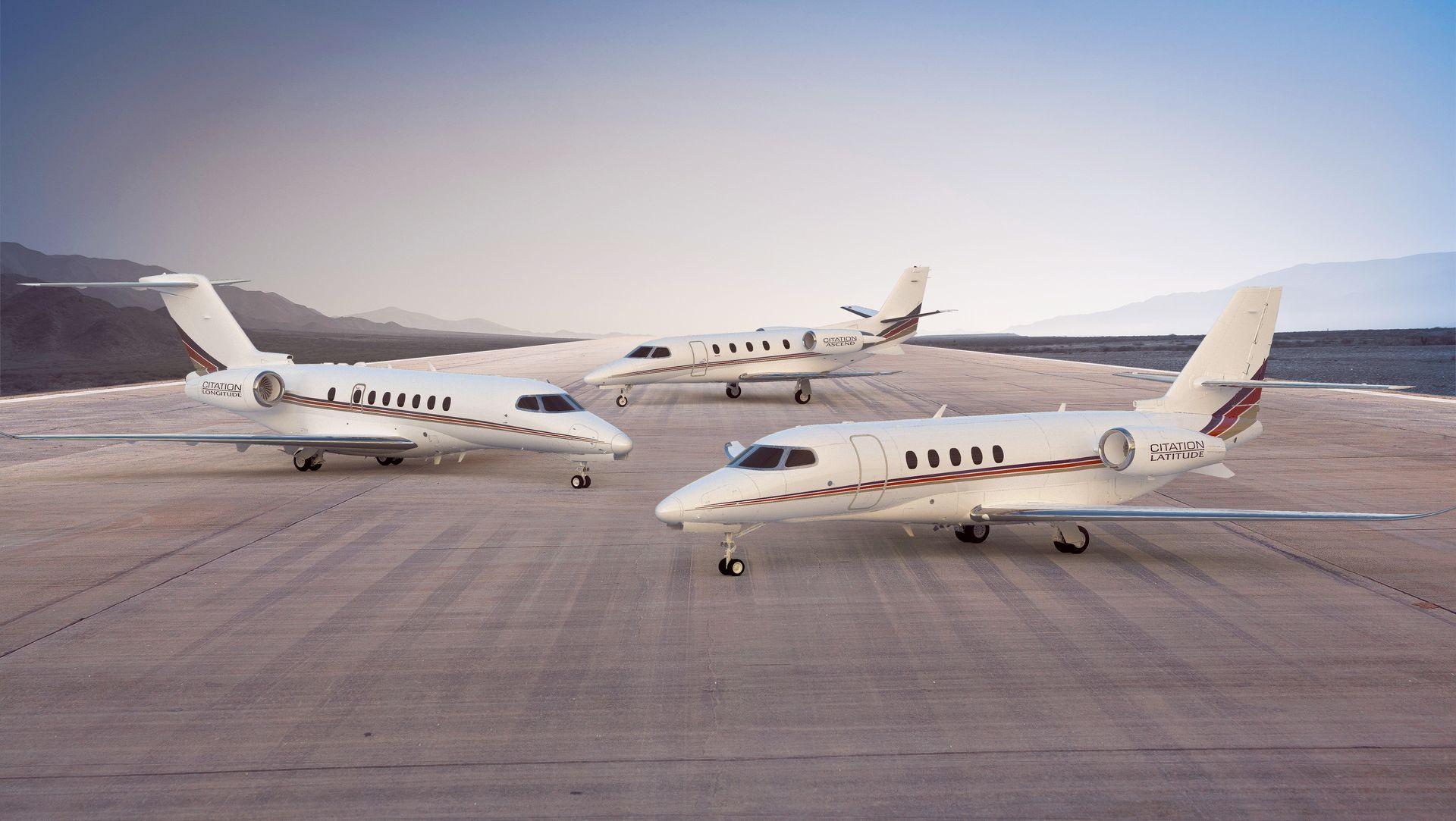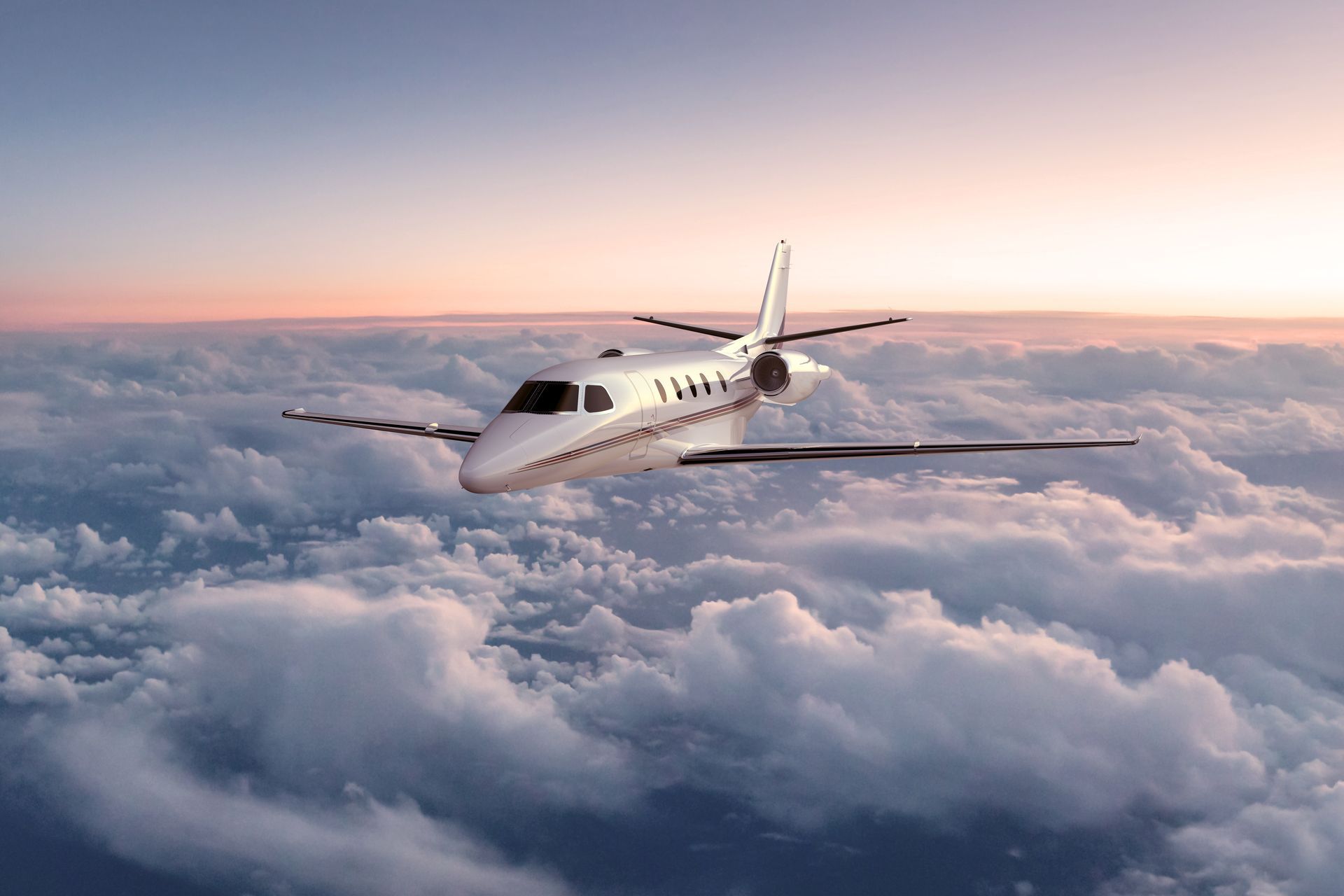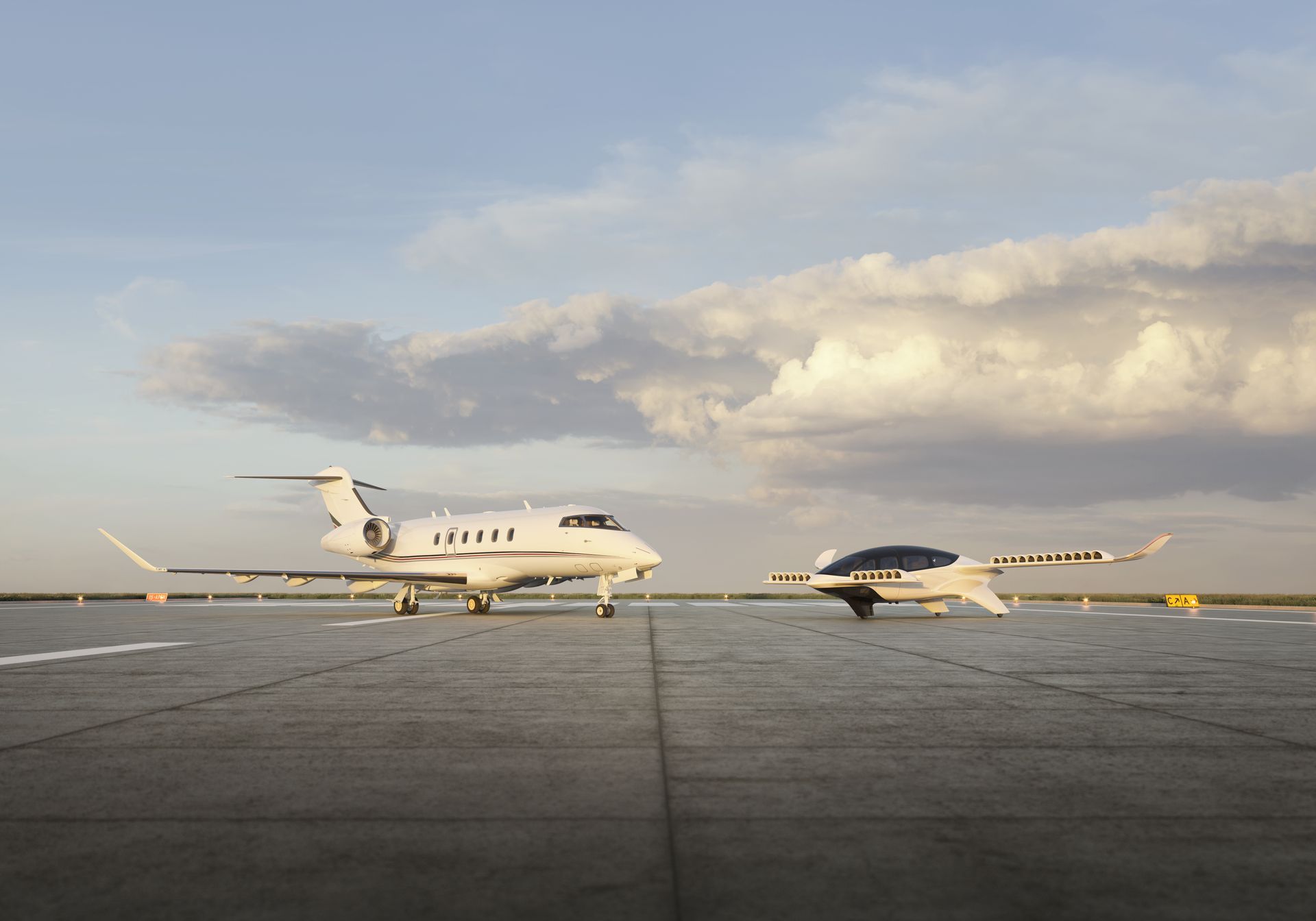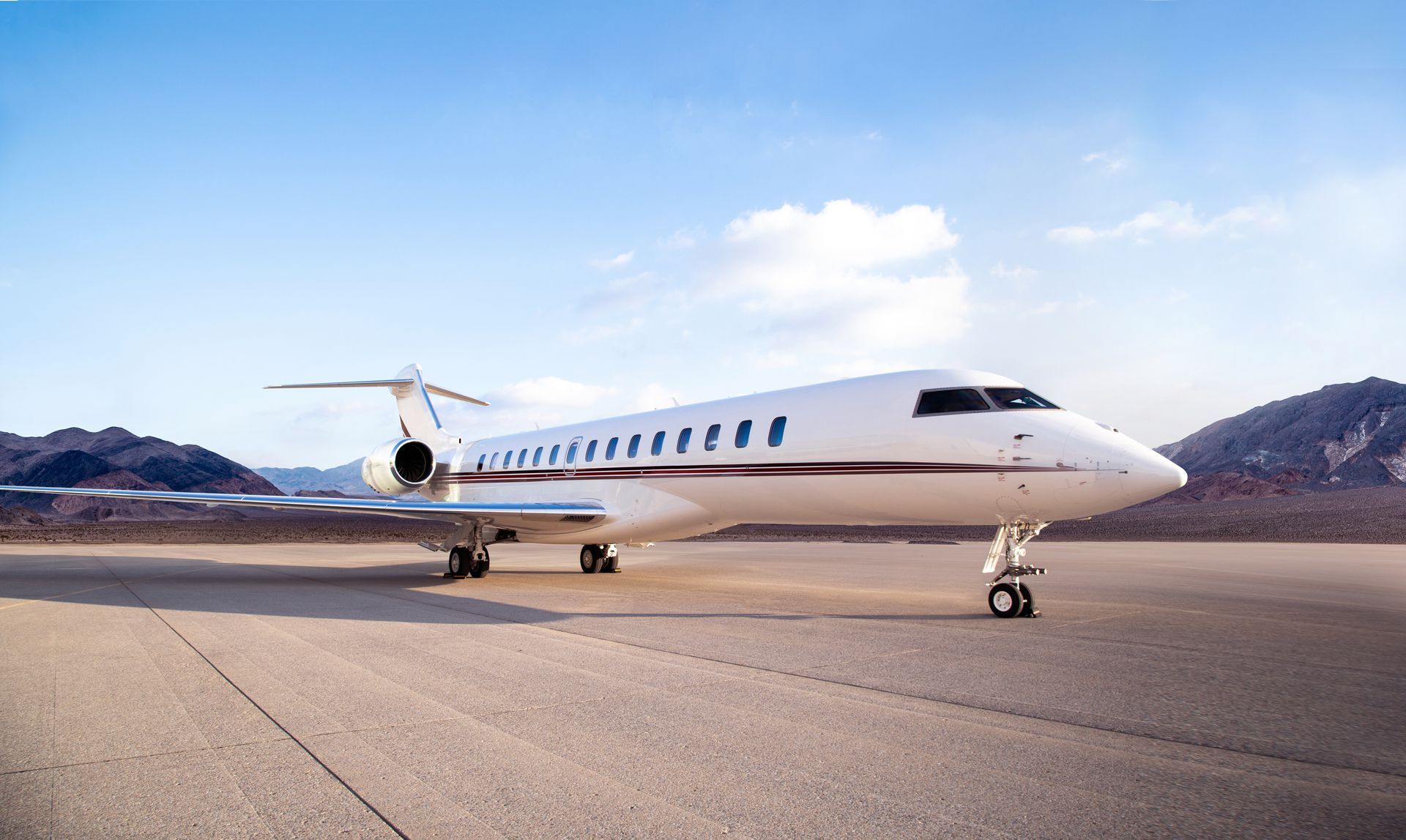While still a luxury expense, private jet travel in 2025 offers more options and price flexibility than ever before – from a one-off hop in a light jet to a year-round fractional share in a long-range fleet. Renting a private jet in 2025 comes with a wide spectrum of prices.
Chartering a small turboprop or very light jet might cost as little as around $2,000 per flight hour, while an ultra-long-range heavy jet can exceed $15,000–$20,000 per hour. Flying Magazine remarks, “A short flight on a small aircraft… may cost around $2,000-$5,000, while a long-range flight on a larger aircraft… can cost upwards of $100,000 or more.” These costs depend heavily on factors like aircraft type, trip distance, and timing.
Photo: AOPA
Flightpath (a charter firm based in Canada) emphasizes “the truth is that private flight costs can vary widely based on several factors, making it essential to understand the nuances of pricing in this industry.”
There are many private jet models, each with a different price range. Travelers have the option of purchasing a private jet outright, leasing or purchasing fractional shares of an aircraft, pre-purchasing flying time via jet cards, or on-demand charters (pay-per-trip rentals). The costs with carriers like Flexjet vary depending on the type of arrangement.
Average rates for jet class
Private jets are often priced by the hour, with larger aircraft commanding higher rates. FlyUSA reports the following average hourly charter rates by aircraft type:
-
Very Light Jets (VLJ): 4–5 passengers, suitable for short hops; about $2,000–$5,000 per hour. (Examples:
EmbraerPhenom 100, HondaJet)
-
Light Jets: 5–8 passengers, ~2-hour range; around $2,500–$4,500 per hour (the upcoming
HondaJetEchelon.
-
Midsize Jets: 7–9 passengers, ~5-hour range; roughly $4,500–$7,500 per hour. (E.g. Hawker 800XP,
Learjet75)
-
Super Midsize Jets: 8–10 passengers, transcontinental range; about $7,500–$12,500 per hour. (E.g. Challenger 300,
CitationX)
-
Heavy Jets: 12–16 passengers, capable of international flights; approximately $10,000–$22,000 per hour. (E.g. Gulfstream G450,
BombardierGlobal)
-
Ultra-Long-Range Jets: 12–19 passengers, intercontinental range; $15,000–$25,000+ per hour for top-tier luxury models. (E.g.
GulfstreamG650, Global 7500)
Photo: NetJets
In addition to hourly charges, the route factors into the overall trip cost. Naturally, longer flights cost more. Here are approximate one-way charter rates for well-traveled US routes, for example, to provide some context for pricing:
- New York (Teterboro) to Miami: ~2.5 hours on a light jet – $9,000 to $15,000.
- Los Angeles to Las Vegas: ~1 hour on a light jet – $2,500 to $4,500.
- Chicago to Dallas: ~2.5 hours on a midsize jet – $15,000 to $25,000.
- New York to Los Angeles: ~5–6 hours on a super-midsize jet – $40,000 to $70,000.
Jet ownership vs charter
Not every private airline charters on a trip-by-trip basis; some use more flexible models that allocate costs in different ways:
- On-Demand Charter: Aircraft rental on a pay-as-you-go basis for every journey. With this arrangement, you pay the indicated amount for each flight, and there are no long-term obligations or upfront costs. Although chartering offers flexibility, it is contingent upon availability and surge pricing during periods of strong demand.
- Jet Cards / Memberships: In return for a set hourly charge and assured access within a service region, customers purchase a block of hours (often 25 or 50 hours) or make a sizable deposit (such as $100,000+). This provides preferential access and cost certainty. Jet card programs are appropriate for people who travel 25–50 hours a year.
-
Fractional Ownership: Buy a portion of a private jet from a business such as
Flexjetor
Netjets, such as 1/16, 1/8, or 1/4 of an aircraft. You receive a certain amount of flying time in exchange (for example, a 1/8 share usually gives you about 100 hours a year). In addition to monthly management fees and hourly operating costs, fractional owners pay a prorated portion of the jet’s purchase price.
- Leasing: An option to purchase a fractional share is to lease (rent) an aircraft or a portion of one for a period of one to two years. There is no need for a capital purchase, while leasing and lease payments are deductible as operational costs. Like fractional expenses, lessees pay an hourly rate in addition to a predetermined monthly price. With this option, you may feel like you own an airplane (you can use it) without worrying about asset risk.
- Whole Aircraft Ownership: This entails employing crew, purchasing your own private plane (usually costing $5 million to $50+ million upfront, depending on the type), and paying for all running expenses yourself. Full ownership makes economic sense only for people who fly hundreds of hours a year or need an aircraft on hand at all times.
Fees and charges
Although various extra fees may apply in addition to the hourly rate, quoted charter rates typically include the aircraft, crew, and basic operational costs. These extras can greatly raise the ultimate cost. Therefore, it’s crucial to budget for them. The following typical extra costs are frequently left out of the original charter estimates:
Photo: NetJets
- Fuel Surcharges: Some airlines impose a fuel premium on longer flights due to fluctuating fuel prices. For large-cabin aircraft, fuel prices may increase by $600 to $900 per flying hour.
- Landing & Airport Fees: Private planes are subject to handling or landing fees at most airports, varying from $150 to $500 (USD) for every landing. Smaller regional airports are typically less expensive than busy international airports. These charges fund the use of the airport’s infrastructure and services.
- Crew Overnight Expenses: You will be responsible for the pilots’ and crew’s accommodation and food if your schedule calls for them to spend the night away from home base. Typically, each crew member pays between $200 and $400 every night.
- De-icing Charges: The client gets charged if the jet has to be de-iced before takeoff in winter conditions. In high ice conditions, the cost of de-icing fluid and manpower can range from around $1,500 to $10,000 for a big jet. This safety precaution can significantly affect the expense of a winter vacation and is non-negotiable in ice conditions.
- Catering and Cabin Services: Typically, standard beverages and snacks are provided, but any unique catering needs may cost extra. Purchasing in-flight catering (special wines, gourmet meals, etc.) might cost hundreds or thousands of dollars.
- Ground Transportation: Numerous companies can arrange for cars or limos to and from the aircraft. These are billed individually, but for simplicity, they are frequently included in the charter invoice. Prices range from about $100 for car transport to more than $1,000 for luxury or lengthier arrangements, depending on the route and kind of vehicle.
- International Fees and Taxes: If you travel overseas, anticipate a range of foreign handling costs, customs/immigration fees, and country-specific taxes. Foreign airport costs, immigration/customs processing fees, and overflying fees (fees for using another nation’s airspace) can add thousands to the cost of an international charter.
- Repositioning Flights: You can be billed for such non-revenue legs if the plane you charter needs to fly empty to pick you up or drop you off. This frequently happens if you begin or finish your journey somewhere where the jet isn’t stationed. The cost of repositioning is determined by distance; in essence, you are paying hourly rates for the ferry aircraft that is empty.
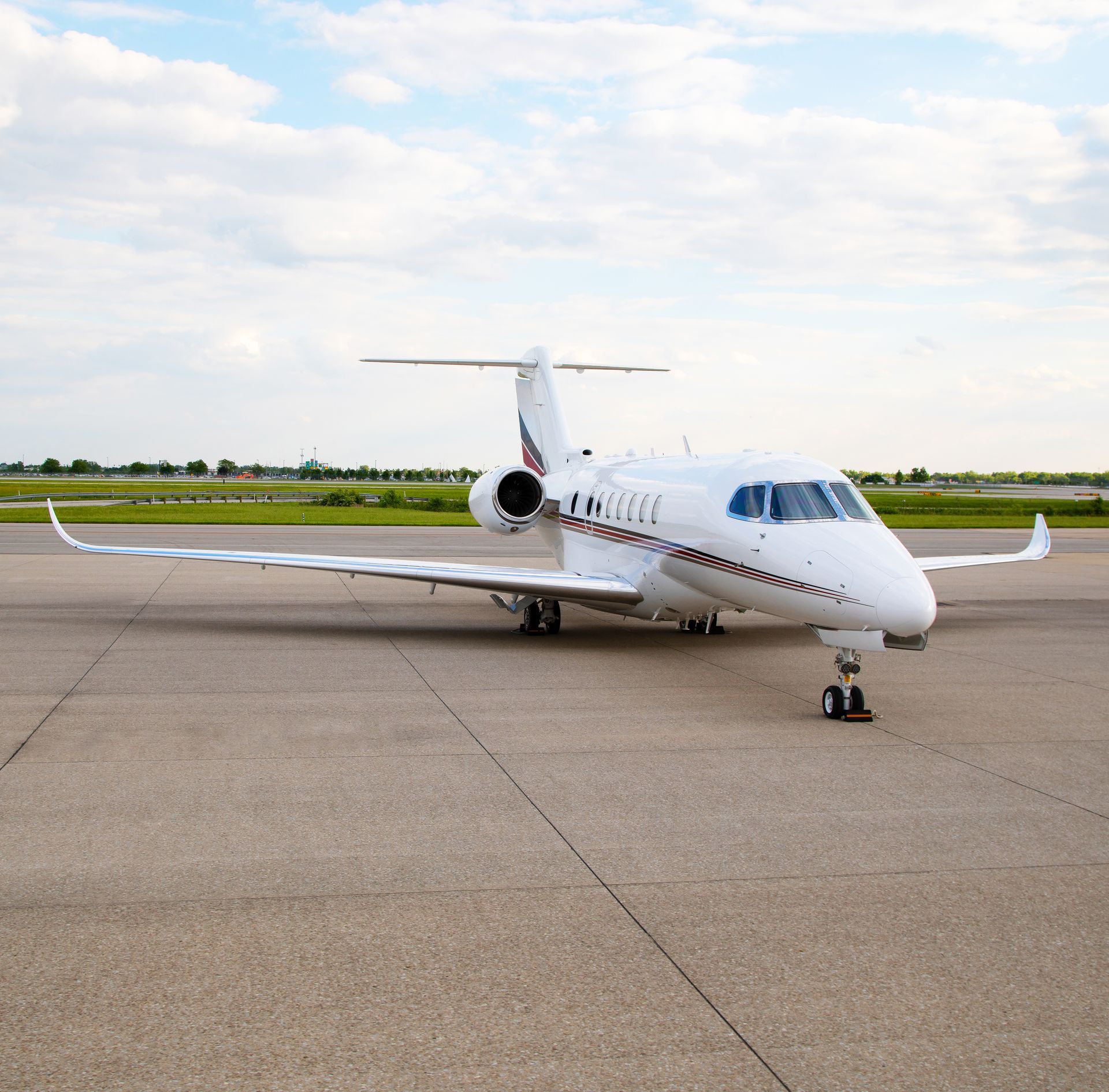
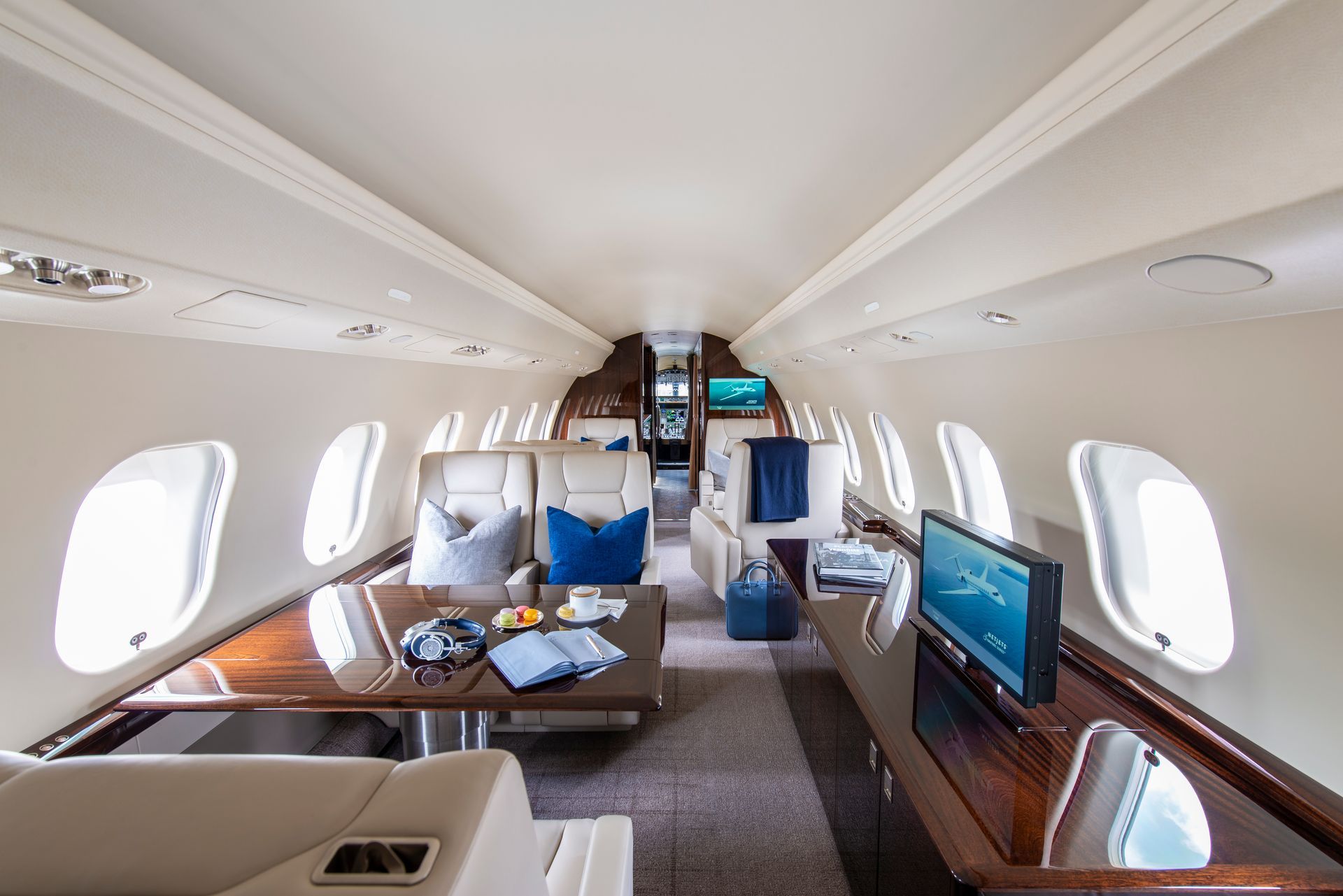
Tips for Saving on Private Jet Travel
There are ways to lower the cost of flying in a private aircraft for travelers who find the cost prohibitive. Although private aviation will never be “cheap,” expenses can be reduced with careful planning:
Photo: NetJets
- Empty Leg Opportunities: A repositioning flight that flies without passengers is known as an empty leg (or deadhead); this occurs frequently when a jet has to return to base or make its way to its next pickup. Operators frequently offer these one-way legs at steep discounts (up to 50–75% off regular prices) rather than flying empty.
-
Fly Off-Peak: The demand for
private jetsfluctuates, just like that of commercial flights. Lower rates might be obtained by avoiding busy weekends and big holidays. Additionally, you may avoid peak fees by traveling Tuesday through Thursday or in the middle of the day (as opposed to Monday mornings or Friday evenings).
- Maximize Occupancy: Filling additional seats on a private jet makes it more economical per person because the charter fee is typically the same whether there are two or ten passengers. Families or small businesses might combine their travel expenses and share a jet.
- Smaller Aircraft for Short Trips: Use the smallest aircraft to ensure that your range and passenger requirements are met safely. For a three-person, 300-mile journey, an hourly rate of $3,000 for a light jet will be significantly less expensive than $10,000 for a large aircraft.
- Membership Benefits: A jet card or membership that locks in hourly rates and may remove some expenses (like repositioning or fuel surcharges) on qualified flights can be worth considering if you often travel privately. Although it costs a lot upfront, fliers who plan ahead can save dozens of hours over time.
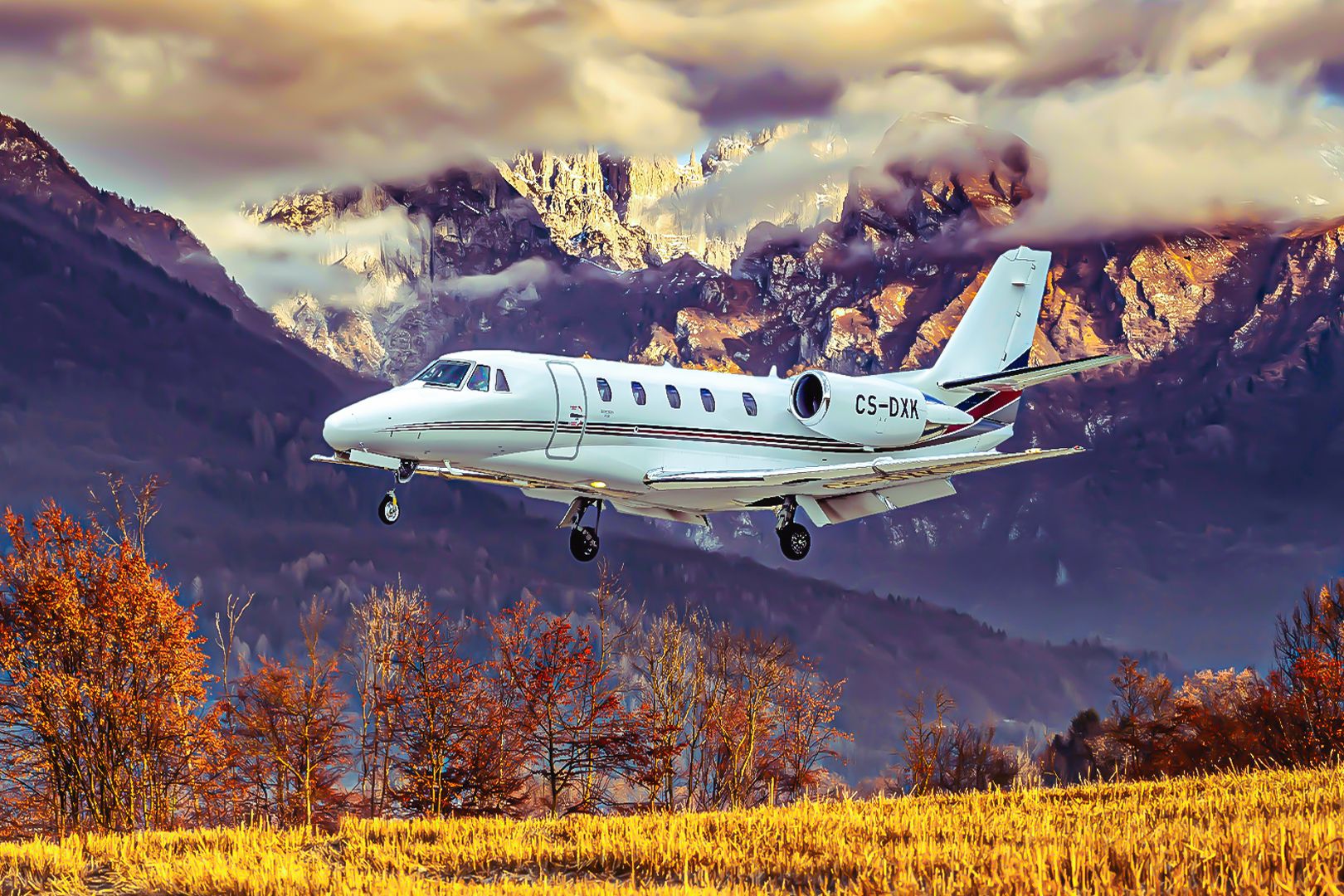
Related
What Are The Types Of Services Offered by NetJets?
The operator provides passengers with a multitude of options.
Bottom line
Being proactive and speaking with a reputable broker always yields the greatest offers. Due to restricted availability, last-minute private jet reservations are often more expensive; nevertheless, enough flexibility or foresight can lead to significant savings (like those empty legs).
Photo: NetJets
What you fly, how far you fly, and how you book all affect the cost of hiring a private jet in the US. The secret to the private aviation industry is knowing the prices for various jet classes, contrasting charter models, additional costs, and potential savings.
Equipped with the aforementioned data, potential private pilots can approach their next charter quotation with reasonable expectations and possibly some suggestions for bringing that exorbitant cost down to earth.
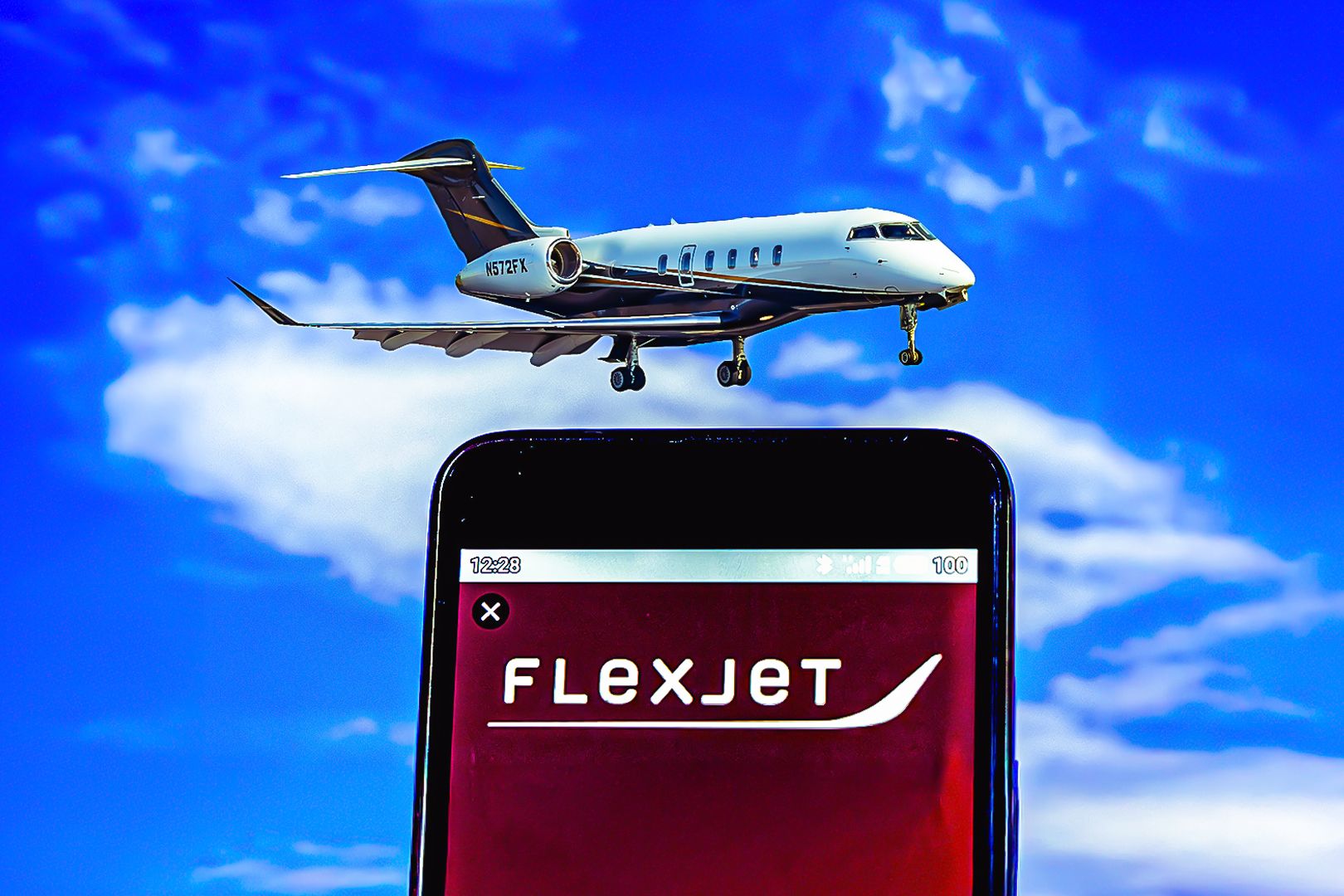
Related
How Flexjet Has Become One Of The Most Popular Private Jet Providers In The World
Flexjet reshaped private aviation through innovative ownership models, strategic expansions, and a steadfast commitment to service.

